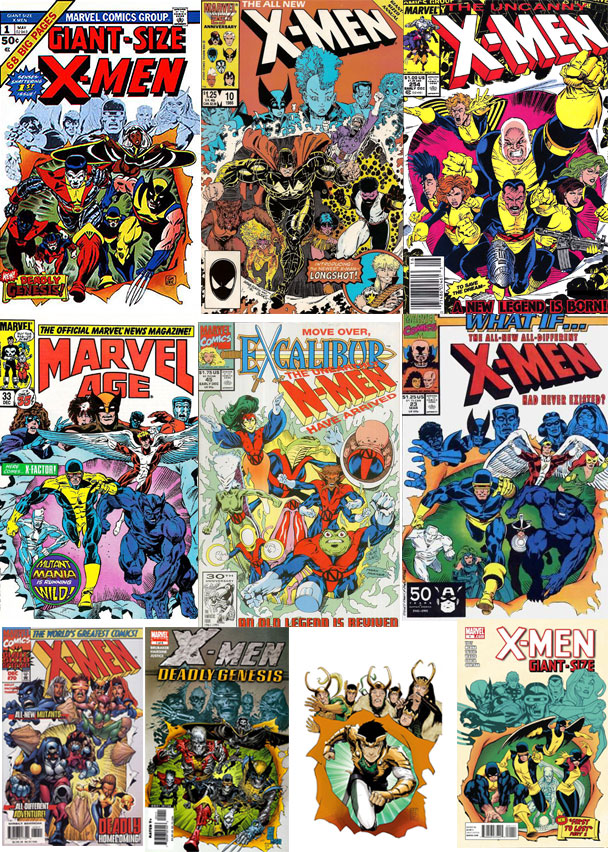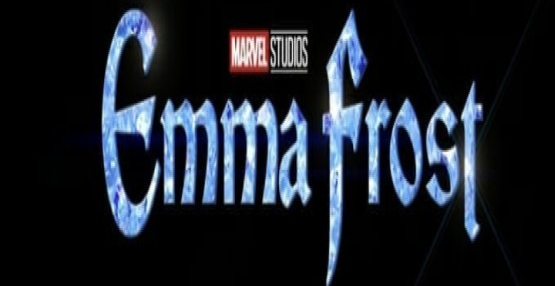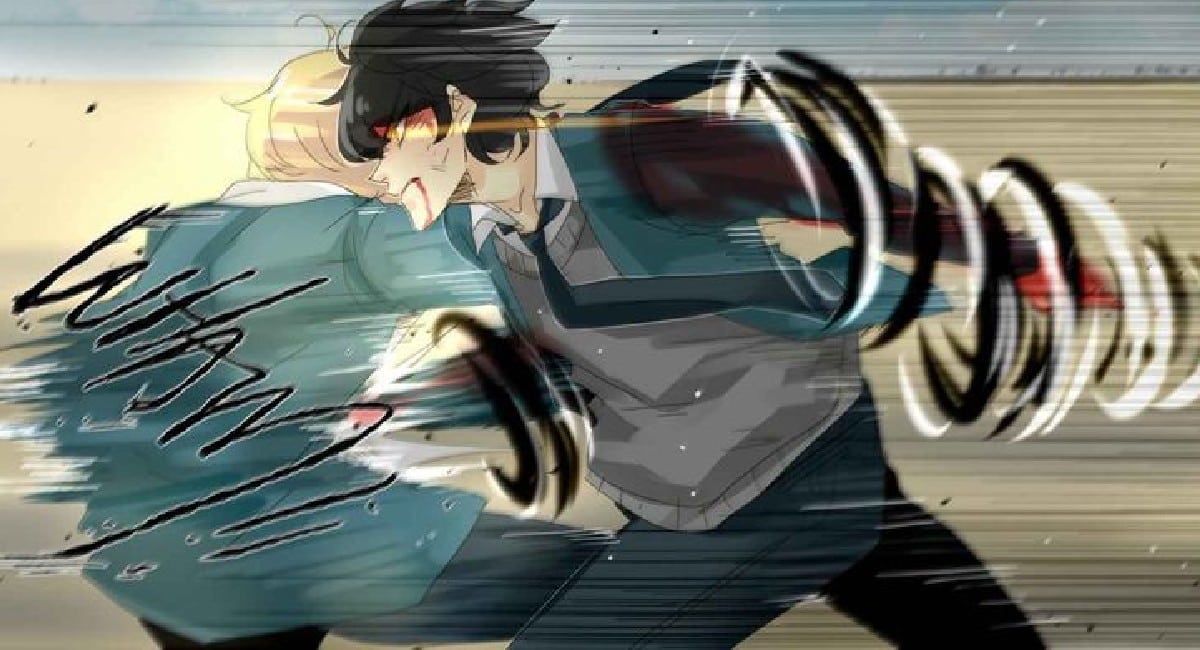This page contains affiliate links for eCommerce websites. How to Love Comics may recieve a small commission on purchases you make. Find out more in our affiliate disclaimer.
Written by Mauro Mantella. Art by Fernando Heinz Furukawa and Juan Pablo Massa. Coloured by Brushu Studio, Rocio Zucchi, and Ludwig Olimba. Lettered by Ezequiel Inverni. Published by Alien Books/IDW Publishing.
The Valiant Universe has had its ups and downs, stops and starts, and refreshes over the past 30-odd years due to changes to ownership and macro-trends in the comic book industry. Alien Books (in partnership with IDW Publishing) is looking to rebuild the Valiant brand with the Valiant Beyond publishing initiative, a reimagining of the characters in a similar vein to Marvel’s Ultimate Universe, DC’s Absolute Universe, and the Energon Universe. Due to a delay caused by the Diamond Comics Distributor’s bankruptcy, the initiative starts in August with Valiant Beyond: Bloodshot #1. And you know what? It’s off to a good start.
 Valiant Beyond: Bloodshot #1 cover A by Rodolfo Migliari.
Valiant Beyond: Bloodshot #1 cover A by Rodolfo Migliari.In this debut issue, Bloodshot is on a mission in Tokyo to take down Yakuza vampires who are dealing a deadly drug. Mauro Mantella’s script throws readers into the action pretty quickly, with the anti-hero already deep into the vampire’s territory. As a result, it doesn’t take too long to get into the action. And once it starts, it continues at a frenetic pace for most of the issue.
Taking a detour for a moment, I want to reassure new readers that it’s a very accessible comic. You don’t need to be familiar with the character to start reading. An early page recaps Bloodshot’s origins, relaying to readers the core ideas of the nanobot-infused super-soldier. Following that, readers learn more about the character and world through inner monologues and displays of abilities in the protracted fight sequence.
For Valiant Beyond, this interpretation of Bloodshot – think Wolverine meets The Punisher – is not too far removed from previous versions. The character’s core is there. However, his presentation differs. Before he was stoic and emotionally removed, this take is more wise-cracking in the vein of the classic action-movie hero. Think along the lines of Bruce Willis or Arnold Schwarzenegger. (This issue even references an iconic Bruce Willis line) Your mileage may vary on the delivery of this, either leaning into the cheesiness of it or rolling your eyes a little. The other major change to the character is a twist revealed on the final page. Without spoiling anything, it’s a great twist. We’ll have to wait to see if it becomes a permanent differentiation.
 Valiant Beyond: Bloodshot #1 page 4.
Valiant Beyond: Bloodshot #1 page 4.Heading back to the previously mentioned fight scene, the creative team present it in a John Wick style. Fernando Heinz Furukawa makes the action exciting by using a non-fixed camera perspective. The rapid fire of blows, slices, and bullet impacts are presented at various angles from panel to panel. As the cover art above suggests, these can get gorey at times, with plenty of blood and vampire decapitations. Slanted panels house these micro-moments, adding to the frenetic energy by adding an illusion of forward momentum. While it uses a significant portion of this debut issue, it never feels boring or drags due to the variety of scenarios it presents and the artist’s interpretations of them.
The comic’s portrayal of Tokyo, especially the Shinjuku district, appears to be fairly accurate. Fernando Heinz Furukawa and Juan Pablo Massa present environments of the here and now, instead of an idealised version, showing the nightlife district during the day through its landmarks and signage plastered everywhere. The backstreets, where most of the action takes place, also look like the area and match the common architecture. The colourists wash these areas in a concrete grey, which acts as a juxtaposition to the plentiful blood from the fight.
 Valiant Beyond: Bloodshot #1 page 1.
Valiant Beyond: Bloodshot #1 page 1.As is often said, good lettering is invisible. That’s certainly the case with Ezequiel Inverni’s, where it flows through the story and never feels out of place. However, when it does stand out, it’s more for its experimentation. In the opening pages, a caption box highlights a character listening to an audiobook. Instead of simply using a caption box, the letterer applies user interface elements such as a progress bar and audio controls into it as well. It adds an extra storytelling element to the sequence, with the interface elements relaying information to the reader. It’s a fun element I haven’t seen before that’s more than just for show.
Whether you’re a long-term fan or brand new to the character, there’s plenty to like about Valiant Beyond: Bloodshot #1. It’s an accessible and frenetic debut issue, offering plenty of exciting action in the vein of John Wick while also balancing Bloodshot’s introduction (and this version’s points of differences) for readers. It’s a great start for the Valiant Beyond publishing initiative, and I’m interested to see what’s next for the series and other interpretations.
Valiant Beyond: Beyond #1 is available on 13th August from all good comic book shops, online retailers, eBay, and digitally on Kindle.



















 English (US) ·
English (US) ·